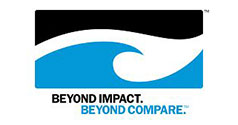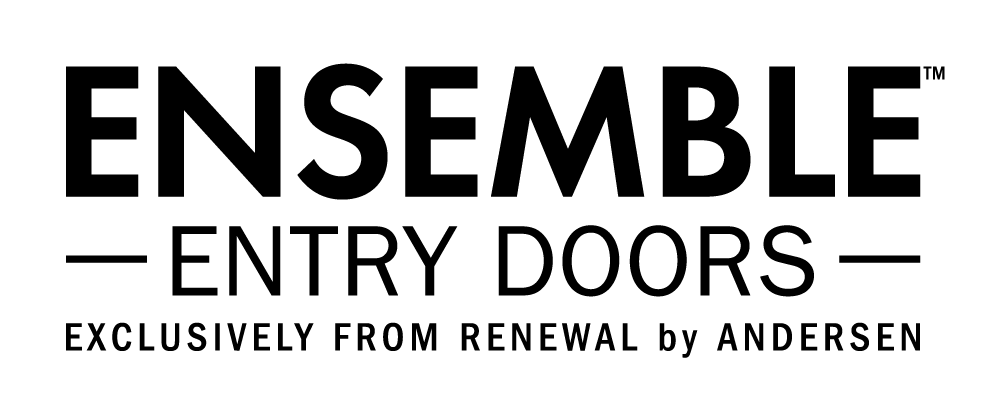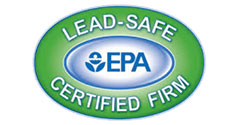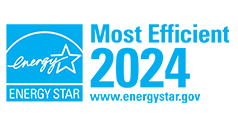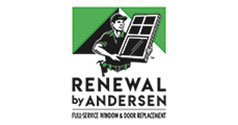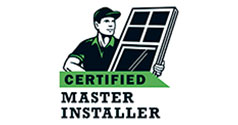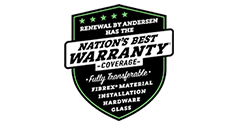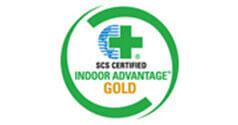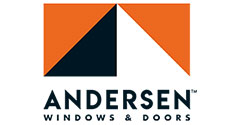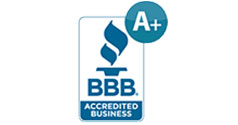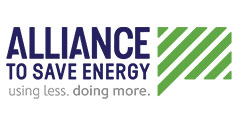Like most homeowners, you’ve probably spent as much on decorating your home’s interior to make it comfortable and beautiful as you have in making sure that it is well maintained and energy efficient. Think of all that time it took to choose just the right colors and woods, the right furniture, as well as the right fabrics for your upholstery, cushions, carpets and window coverings.
Unfortunately, just like our skin, fabric is susceptible to harmful Ultra Violet (UV) rays. If you have a sunny exposure in some of your rooms, chances are you may have noticed some items showing signs of fading. Exposed to UV rays, even inside a house, fabrics will fade, and eventually will need to be recovered or replaced.
Companies have come out with products—such as films or window coverings—designed to block out damaging UV rays. But the reality is you don’t have to buy additional products to protect your home’s interior from UV—just choose the right replacement window to do the job!
Now For Some Tech and Specs:
How does it work? Well, let’s start by talking about Low–E glass for a moment. Low–E glass in itself is an amazing product. Low–E (low-emissivity) is a thin coating of transparent metallic material applied to window glass for insulating purposes.
Actually, Renewal by Andersen windows have 9 layers of metallic material applied in a micro–thin layer, followed by 2 layers of titanium dioxide. Low–E coating prevents heat gain (or loss) in your home by acting as a kind of reflective shield, pushing radiant heat that tries to pass through the glass back to the source it originates from.
As for light, the amount of UV allowed to pass through a window is indicated by the Transmission Damage Function (TDW) rating. Often referred to as the Krochmann Damage Function, it better predicts fading potential than the UV transmission rating (TUV) alone. To understand the number you see in the spec sheet, know that the lower the Damage Function rating, the less chance of damage to your furnishings.
Now some would have you believe that about 60% of UV rays can still pass through energy–efficient windows with Low–E glass. This is inaccurate. Low–E substantially helps to block UV rays.
Plain glass is going to let in 61% of the sun’s UV rays, according to the TDW rating, but the drop in that percentage with energy–efficient, high–performance Andersen replacement windows, for example, is astonishing: from 61 to 33% with the High–Performance™ window, and 24% with the High–Performance Sun™ window to an astonishing 21% with the High–Performance SmartSun™ window—that’s a full 40% better than plain glass.
So think of High–Performance Low–E glass as sunblock for your home! Let the sun shine in and rest easy knowing that your fabrics and furnishings are safe from the damaging effects of harmful UV.
Today’s windows are truly amazing and multifunctional. They combine energy–efficiency with other amazing properties that give us beauty and clarity while protecting delicate interiors and even reducing sound penetration.

